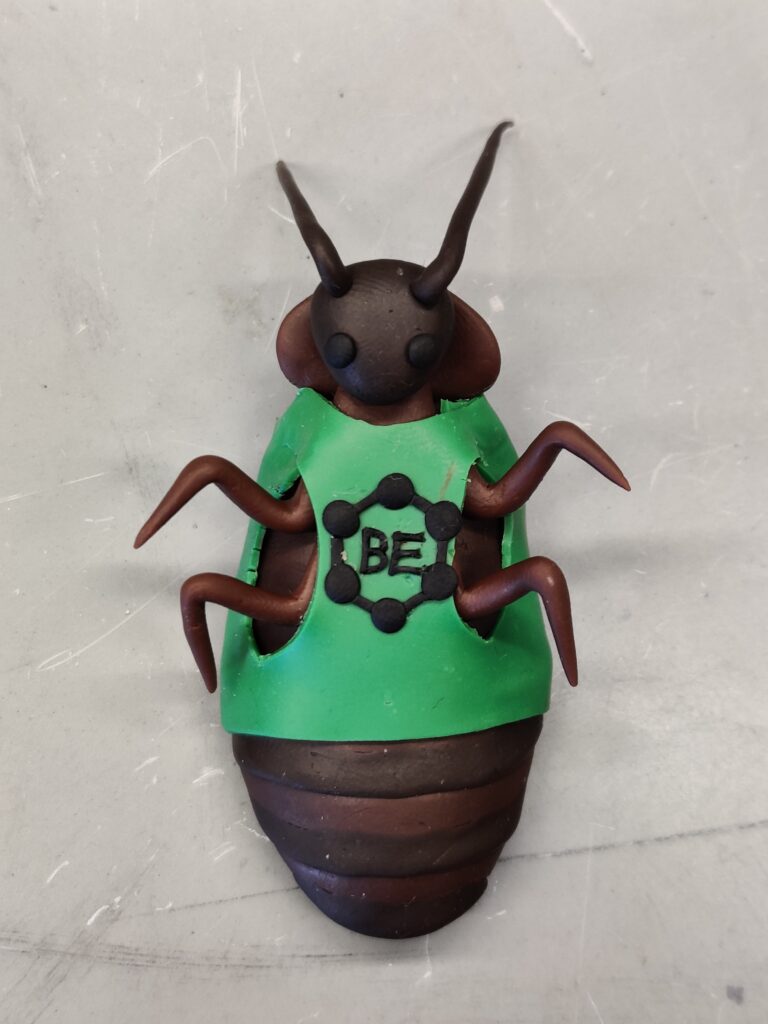
Every Penn Bioengineering semester culminates in a series of “demo days” — dedicated time in which undergraduate Bioengineering students demonstrate projects made in their Bioengineering lab courses or in Senior Design for their classmates and faculty. These are held in the George H. Stephenson Foundation Educational Laboratory & Bio-MakerSpace (or the Penn BE Labs), the dedicated teaching lab for the Bioengineering Department which also functions as an interdisciplinary bio-makerspace open to the entire Penn community.
For the Fall 2023 demos, Popular Mechanics paid a visit to the BE Labs to witness the (in)famous “cockroach lab,” a staple of the third year course “Bioengineering, Modeling, Analysis, and Design Laboratory” (affectionately known as BE MAD). This year’s cockroach demos featured a miniature Taylor Swift — flaunting a cockroach limb — and several projects featuring the faces of course faculty, David Meaney, Solomon R. Pollack Professor in Bioengineering and Senior Associate Dean in Penn Engineering, and Michael Patterson, Director of Educational Laboratories in Bioengineering.
Read “How Severed Cockroach Legs Could Help Us ‘Fully Rebuild’ Human Bodies” in Popular Mechanics.
Read more stories featuring the Penn BE Labs in the BE Blog here.



